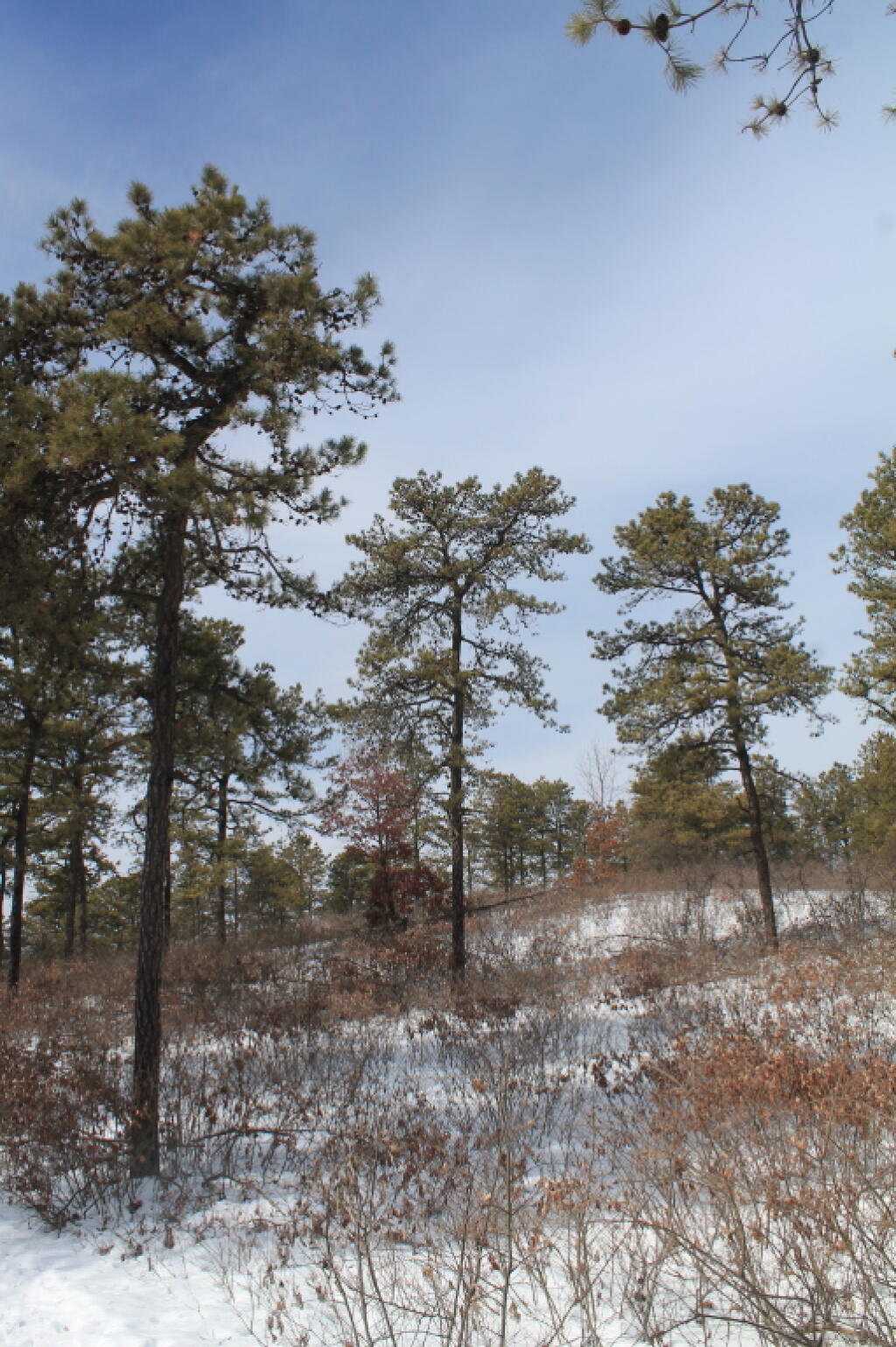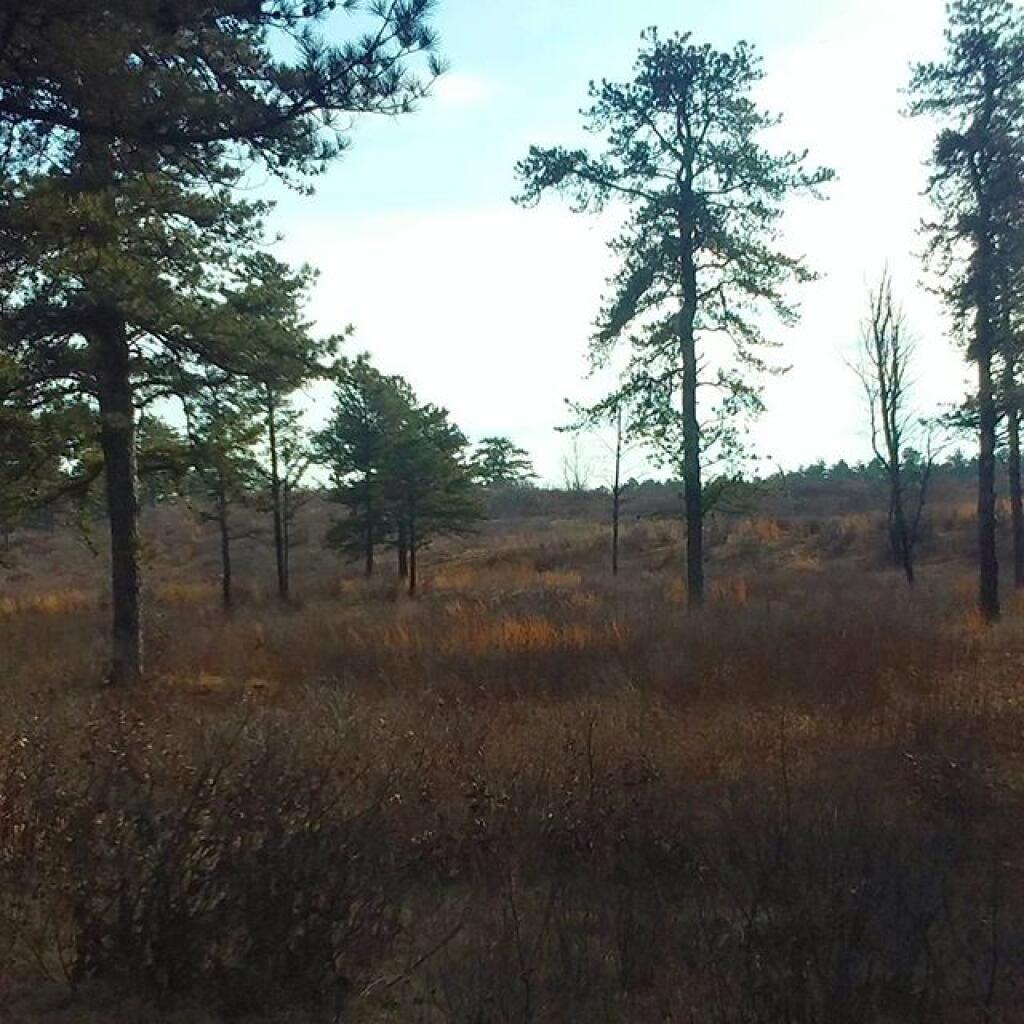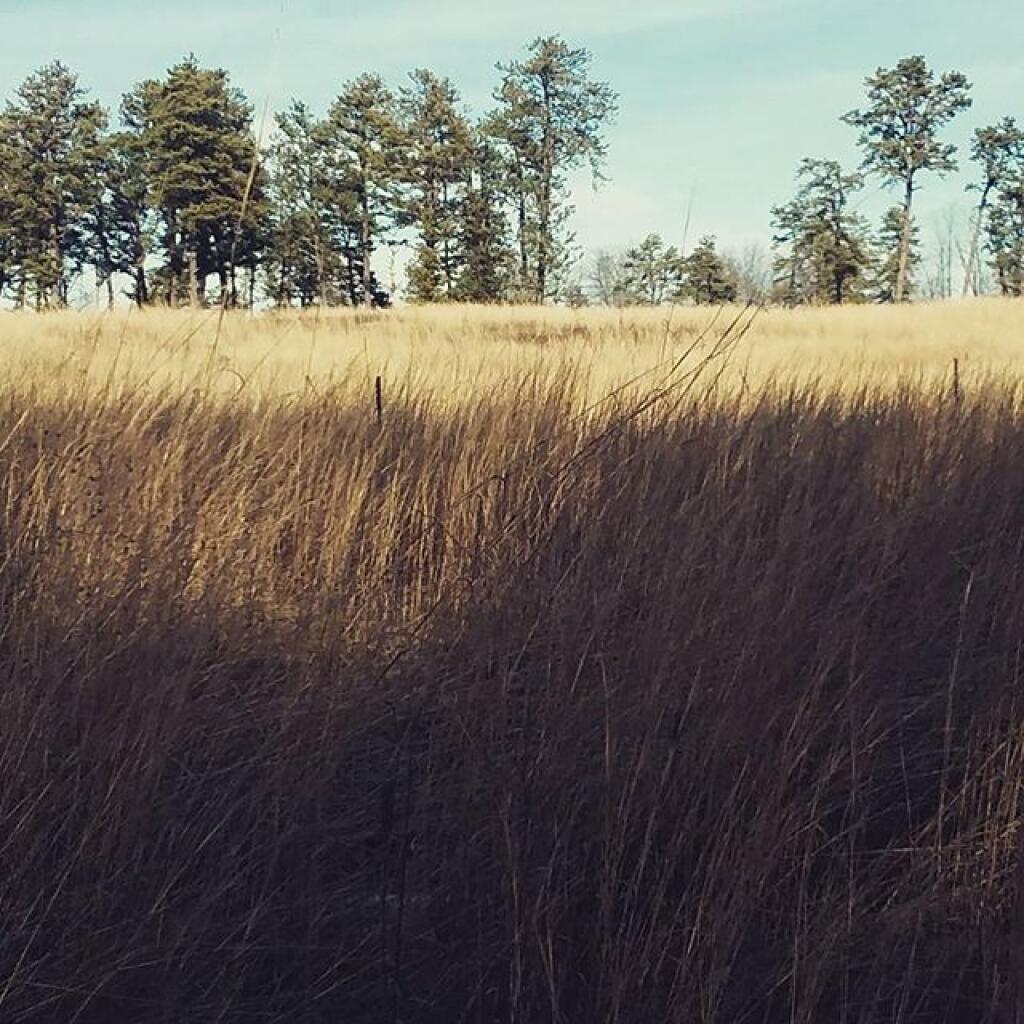Albany Pine Bush
Following Snowshoe Trail Up Blueberry Hill
How PIR Sensor Works and How To Use It with Arduino
PIR Sensors can be used with anything that you need to detect motion. The modules I ordered from China were under buck a piece, and seem to work fine, although I think I will need to add a pull-up resistor for them to work properly with my lighting module.
My LED Remote Control Code
This is the current draft of my Arduino LED remote control code. It's still a work in progress, but I figure if you want to use it or get inspiration for your projects it's here. New in this version is an "automatic sunrise" using a clock chip. That function is still somewhat buggy.




